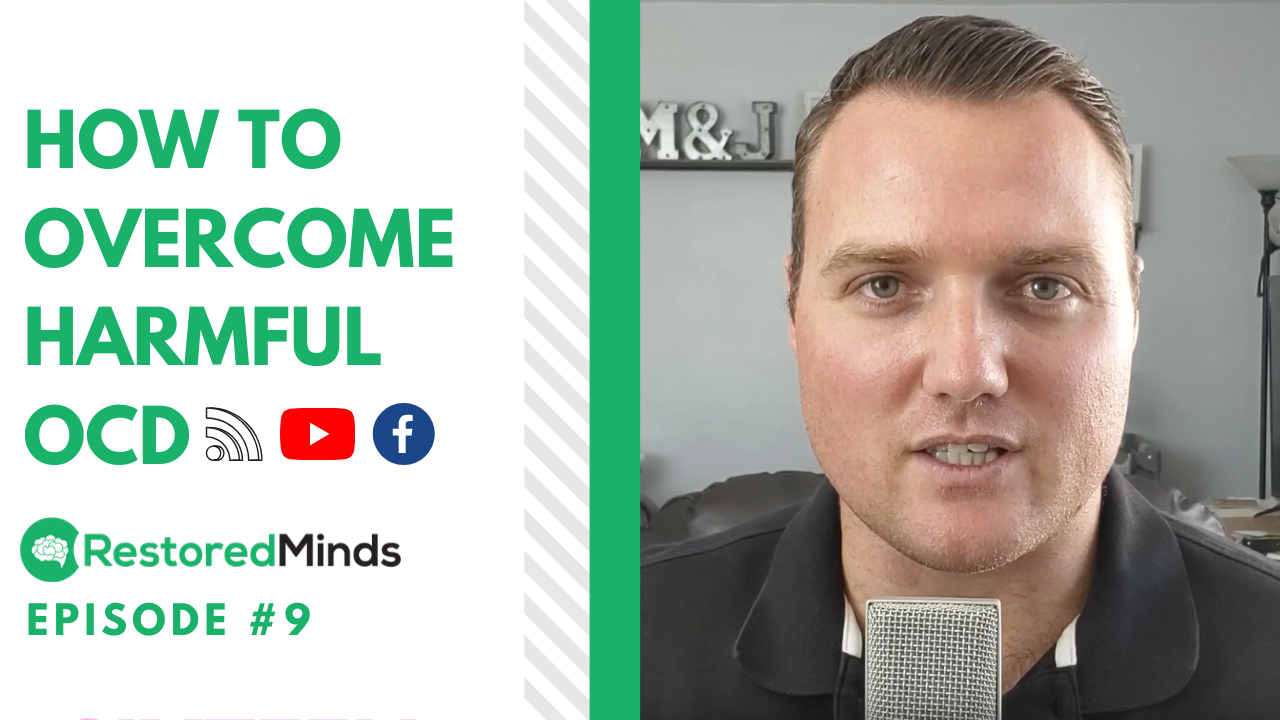Harm OCD - How to Overcome Harmful or Violent Obsessions
Nov 18, 2019
How to Overcome Harmful or Violent Obsessions: A Comprehensive Guide
What Are Harm Obsessions?
Harm obsessions consist of violent thoughts and images that unexpectedly pop into one's mind. These could include thoughts about hurting someone using various tools like knives or everyday items such as a stapler. The sheer variety of these intrusive thoughts makes them difficult to categorize, which is exactly what OCD thrives on—getting you caught up in the specifics.
Key Points to Overcoming Harm Obsessions
Here's a detailed breakdown of the three primary points Matt discussed in the episode:
1. Ego Dystonic vs. Ego Syntonic Thoughts
Understanding the nature of your thoughts is the first crucial step:
-
Ego Dystonic Thoughts
: These thoughts don’t align with who you know you are. They often cause significant disturbance because they contradict your true nature.
-
Ego Syntonic Thoughts
: These thoughts align with your sense of self.
If you find these violent obsessions troubling, rest assured they are likely ego dystonic, meaning they don’t reflect your true character. In almost all cases, those troubled by harm obsessions have no history of violent behavior.
2. Separating Harm Issues from OCD and Anxiety
It's essential to distinguish between actual harmful intentions and an OCD issue. Recognize that these thoughts are not impulses but symptoms of OCD. The characteristics of OCD include:
-
Unwanted intrusive thoughts
-
High levels of anxiety and uncertainty
-
Engagement in compulsions to mitigate discomfort
Realizing this distinction helps you understand that this is an OCD problem requiring specific OCD treatments.
3. Recognizing and Eliminating Compulsions
Once you acknowledge that the issue is OCD-based, the next crucial step is to identify and eliminate compulsions. Compulsions can be:
-
Mental
: Praying, counting, or thought suppression
-
Behavioral
: Avoiding triggers like violent TV shows or the news, hiding objects like knives
Engaging in these compulsions reinforces the obsessive thoughts, creating a vicious cycle. The key is to experience habituation by sitting with the uncertainty, thereby training your brain to realize these thoughts aren’t dangerous.
Importance of Exposure and Response Prevention (ERP)
ERP is the main treatment for harmful obsessions. This involves:
-
Gradual exposure to the feared thoughts or situations.
-
Preventing the compulsive responses.
By doing so, your brain learns to tolerate the distress and stops viewing these thoughts as threats.


